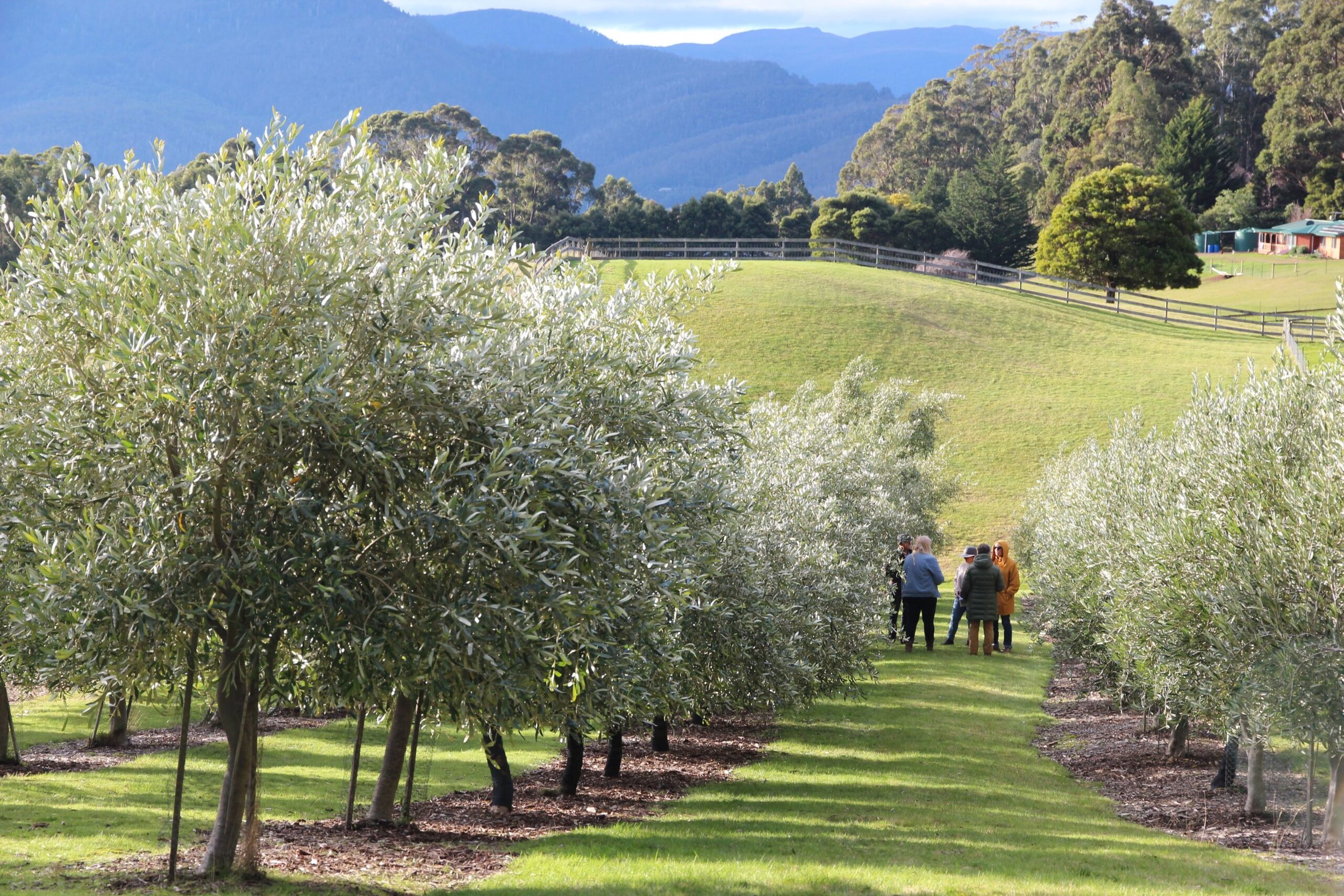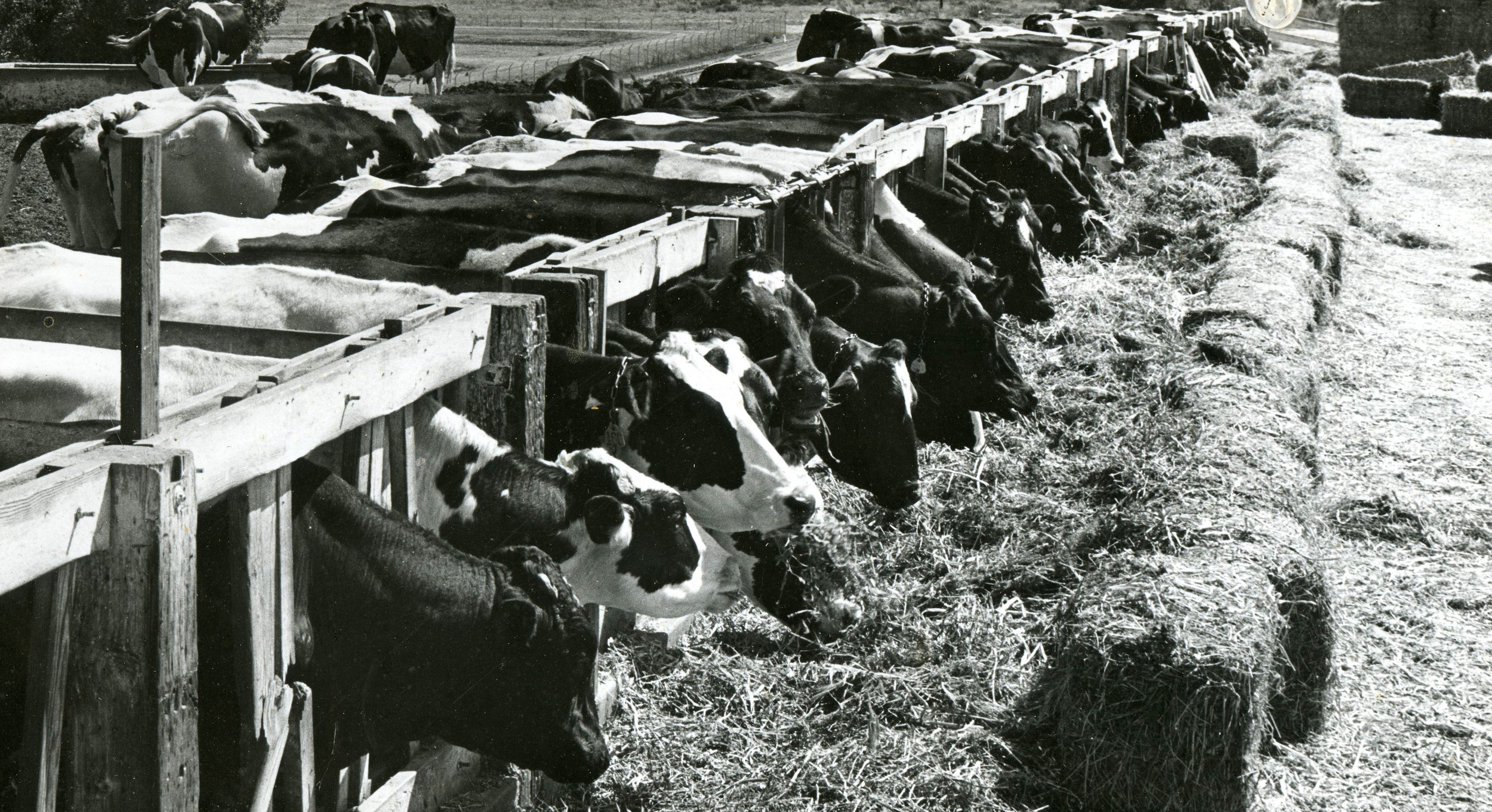
Santa Ynez Valley Farm Tours
CLASSIC FARMLAND™ & FLAVORS of SANTA YNEZ VALLEY TOUR
Private | Four Farms | Four Hours
Discover the Heart of Local Agriculture on Our Heritage Farmland™ & Flavors Tour
Winter - Spring (November– June) 10:00AM – 1:30 PM
Stop 1: Mission Santa Ines & Grist Mill – History of Santa Ynez Valley agriculture
Stop 2: Walnut Orchard - Tour & farm stand, tasting
Stop 3: Olive orchard – Tour and tasting
Stop 4: Lavender farm – Tour and distillation process. On-farm picnic lunch.
** Bonus stop - Organic farm stand or berry stand
Pricing:
2 People: $700
3 People: $900
4 People: $1,200
5 People: $1,500
6 People: $1,800
7 People: $2,065
8 People: $2,360
9 People: $2,655
10 People: $2,950
FARM ANIMAL EXPERIENCE
Farm & Field: A Heritage Animal Experience in the Santa Ynez Valley
Winter - Spring (November– June) 10:00AM – 1:30 PM
Stop 1: Cattle Ranch - Tour and educational talk
Stop 2: Farmstead- Tour & farm stand shopping
Stop 3: Mission Santa Ines – History of Santa Ynez Valley Agriculture and tour
Stop 4: Lavender farm – Tour and distillation process. On-farm picnic lunch.
** Bonus stop - Organic farm stand or berry stand
Pricing:
2 People: $700
3 People: $900
4 People: $1,200
5 People: $1,500
6 People: $1,800
7 People: $2,065
8 People: $2,360
9 People: $2,655
10 People: $2,950
IN PARTNERSHIP WITH SMALL LOCAL FARMS, RANCHES and ORCHARDS

Santa Ynez Valley: A landscape of mountains, rangeland, ranches and vineyards
LANDSCAPE: Much like the wines grown in the region, there’s a real depth and character to this historic part of the Central Coast worth exploring and revisiting often.
The area is home to the native Chumash tribe, who recognized the land’s bounty, characterized by undulating hills, gnarled oak trees, and electric fields of grasslands and wildflowers. Following the arrival of Spanish and Danish colonies, ranching and generational viticulture took hold in this corner of Santa Barbara County, and over time, the Valley became a vortex for ranching, farming, winemaking, and beyond.
Orchards: Heritage Tree Groves and U-Pick Farmstands
TREES: Santa Ynez Valley is known for wineries and beautiful tree-crop farms, such as olive and walnut farms. We will visit generational tree groves nestled in the heart of the Santa Ynez Valley.
Ranches: Heritage Livestock
RANCHES: Santa Ynez Valley features many family-owned ranches with unique charm. Our visit highlights a rare livestock breed that is reminiscent of the 18th Century. This journey through the picturesque valley reveals the essence of ranching heritage. Discover the land's beauty and the passion behind these farms as you reconnect with nature.
Historical Agricultural Sites: Olive Orchard and Grist mill
HISTORIC DISTRICT: Nestled in a picturesque field up against the majestic Santa Ynez Mountains and in view of the Santa Ynez Mission, stands a noteworthy historic grist mill. Adjacent to this site, 2,800 olive trees have been planted to reintroduce agriculture reminiscent of the early Mission-era. Efforts to interpret the agricultural heritage of the area include the planting of Mission, Manzanillo, Grappolo, Lucca, and Arbequina olive varieties, each significant to the mission period. These initiatives provide a glimpse into the agricultural practices that shaped the region's history and enhance the authenticity of the historic district.
Santa Ynez Valley History
Santa Ynez Valley features five towns established in the late 19th and early 20th centuries: Ballard (1881), Santa Ynez (1882), Los Olivos (1887), Solvang (1911), and Buellton (1920).
The valley has always enjoyed a strong agricultural base. In the late 1800s, cattle and sheep reigned, followed by crops such as olives, peaches, walnuts, prunes, apples, cherries, and quinces. The dairy industry rose and fell in the mid-1900s. Today, the countryside is dominated by wineries (more than 50), cattle ranches, and horse ranches that specialize in thoroughbreds.
The stagecoach played an important role in settling the Santa Ynez Valley. From 1858 to 1889, it ran from San Francisco to Yuma, Arizona, stopping near Ballard.
The Pacific Coast narrow-gauge railroad came to Los Olivos in 1887. In addition to transporting people up and down California, it made the shipment of farm products cheaper and more convenient.

A hand picking ripe blackberries on a bush surrounded by green leaves.

Olive oil tasting with a loaf of sliced bread with olive oil being drizzled onto it, beside a glass bowl of olive oil and some black olives on a rustic wooden table.

Santa Ynez Valley Landscape and Vineyard with a large tree in the center, rows of grapevines with golden leaves, mountains in the background, and clear sky.

Historic Black and white photo of multiple cows feeding from a trough on a farm, enclosed by wooden fencing.

A white chicken walking on straw-covered ground in an outdoor farm setting.

A group of goats grazing on a grassy field under a blue sky with scattered clouds, with trees in the background.

Close-up of a cow's face with two different-colored eyes, black and white fur.

Vineyard with rows of grapevines in a hilly landscape under a clear blue sky.

Group of people walking through an olive grove orchard with rows of green-leafed olive trees, green grassy path, fencing, rolling hills, trees, and mountains in the background.




